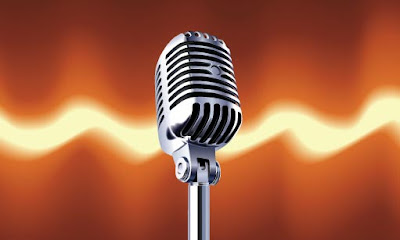Microphones are transducers, devices that change information from one form to another. They detect sound information as air pressure patterns, which they interpret and “translate” into electric current patterns. The accuracy of this transformation provides a better or worse sound. Magneto dynamic microphones have a thin metallic surface (like a diaphragm) and a coiled metal wire attached to it.
When the coil is in motion, due to the magnetic field surrounding the coil, current flow is facilitated. The amount of current is determined by the frequency and speed of the motion of the diaphragm, caused by the incoming air patterns. These groups of microphones are known as velocity sensitive devices. Here are some of the most important characteristics involved in making the microphone work:
The microphone sensitivity
This measures the amount of electrical output that is produced by a particular sound. Low and short sounds cannot be recorded unless the sensitivity levels are high enough to capture them. Quiet sounds and musical instruments require higher sensitivity microphones. Otherwise you have to increase microphone gain levels and the sound receives a certain amount of distorting noise.
Microphone overload
When loud sounds overdrive a microphone, a sound distortion will be noticed. With dynamic microphones, the magnetic field loses contact with the coil and the diaphragm may be permanently damaged if loud sounds are consistently recorded. If the microphone is placed to close to a musical instrument, for example, overload is likely to happen
Distortion characteristics
The amount of noise distortion varies from one microphone to another, even when they are the exact same model produced by the same manufacturer. The level of distortion depends on the precision of the alignment and arrangement of the diaphragm. Although a completely linear diaphragm is unlikely to be found, the best thing is to choose a low distortion and, if possible, one that complements the sound and style of your recordings.
Frequency response
Flat frequency responses are the most accurate and produce the best sound quality. Modern microphones offer very high quality levels for front emitted noises.
Microphone noise
The electrical currents produced by the microphone are very low, since they need to be sensitive enough to capture all the sound fluctuations. In order to make this weak electrical impulse readable by any electronic equipment (such as recording devices) it has to be amplified. This means that the noise emitted by the electrical current will also get amplified. While this was a problem with older microphones, modern ones are essentially noise free.





0 comment:
Post a Comment